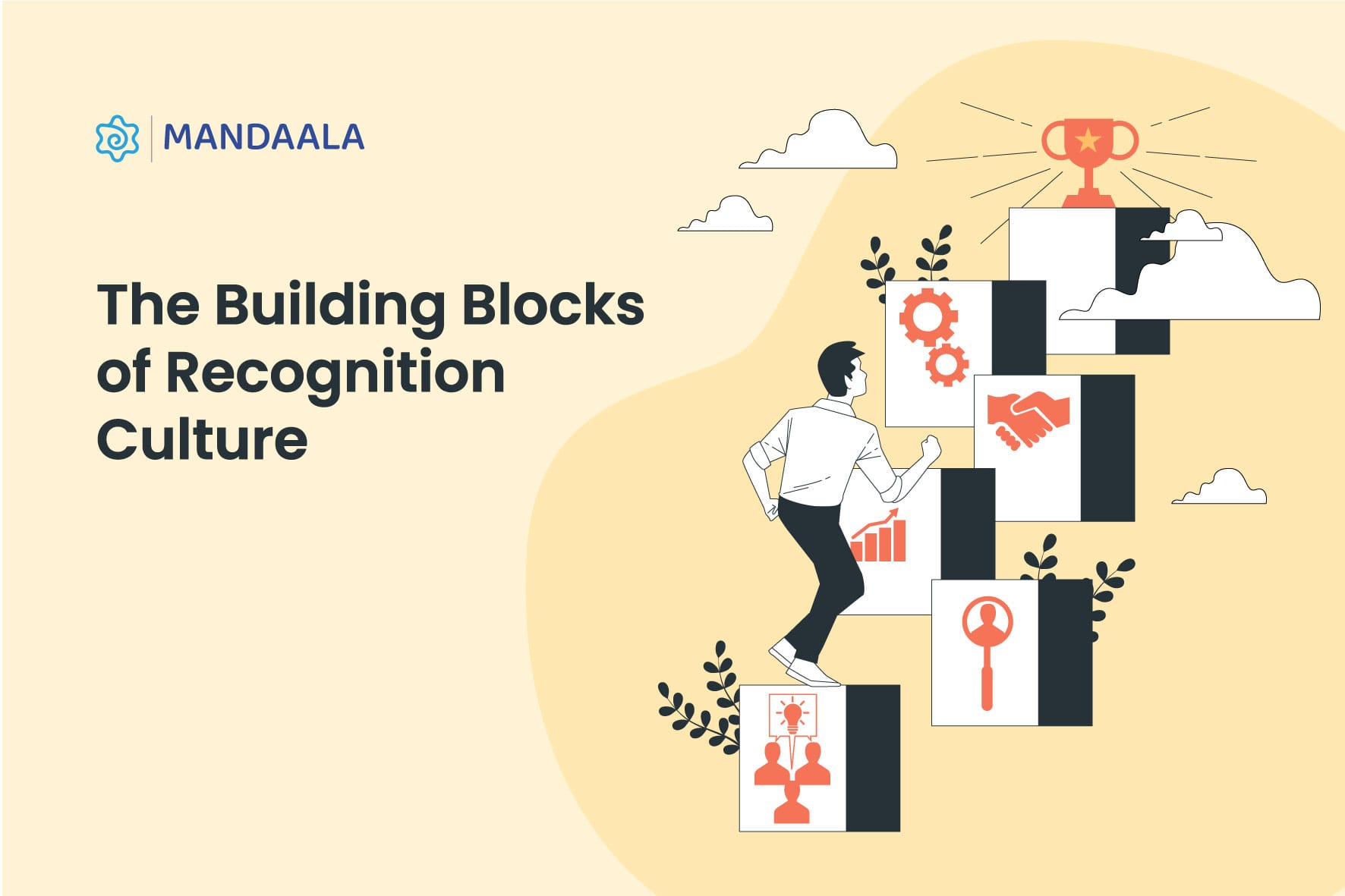Creating a Culture of Recognition in the Workplace: Why It Matters

Workplace culture isn’t just a buzzword, it’s the backbone of employee engagement. In today’s world, where talent is quick to move and even quicker to disengage, companies are realising that how people feel at work matters just as much as what they do. That’s why more organisations are shifting focus from policies and perks to something far more human: recognition. Building a culture of recognition helps create a workplace where people feel seen, valued and motivated to give their best. In this blog, we’ll explore what that looks like, why it matters and how you can make it part of your everyday culture.
What Is a Culture of Recognition and Why It Matters
A culture of recognition means appreciation is baked into the way your company functions ,not just in annual awards but in everyday moments. It’s the difference between sporadic praise and a workplace where people consistently feel valued for their contributions.
Why does it matter? Because recognition directly impacts employee satisfaction, motivation, and retention. When employees know their efforts are noticed, they’re more likely to stay engaged, go the extra mile, and contribute to a healthier workplace culture. It fosters trust, strengthens team bonds, and encourages high performance.
10 Ways to Build a Culture of Recognition in the Workplace

Ready to turn appreciation into action? Here are ten simple, intentional ways to start building a culture of recognition in your workplace.
1. Lead by Example
If leaders don’t practise recognition, no one else will take it seriously. When appreciation comes from the top consistently and sincerely, it shows employees that recognition is real, valued and safe to take part in.
2. Align Recognition with Company Values
Recognition brings your company values to life. When you appreciate employees for actions that reflect those values, it sends a clear message about what matters, and turns abstract ideals into everyday habits.
3. Encourage Peer-to-Peer Recognition
A strong culture of recognition includes everyone, not just managers. When employees appreciate each other’s effort, it builds community and trust. Make it easy by using tools that let them share shout-outs, even when they’re working from different locations.
4. Make Recognition Timely
Recognition should follow the action, not the calendar. Calling out a specific contribution right after it happens shows you were paying attention and makes the appreciation feel real. The quicker the recognition, the stronger the impact.
5. Personalise the Approach
Not everyone wants a spotlight moment or the same reward. Some prefer a private thank-you, others get excited by gift cards or custom merch. A culture of recognition works best when appreciation matches the individual, not just the occasion.
6. Recognise Small Wins, Not Just Big Ones
Recognition isn’t just for major milestones. Small, everyday wins, like helping a teammate or fixing a last-minute issue, deserve appreciation too. A quick thank-you or shout-out shows that consistent effort is valued, not just the headline moments.
7. Incorporate Recognition into Daily Routines
Make recognition a habit, not a surprise. Build it into team huddles, one-on-ones and onboarding so it stays visible and valued. When recognition shows up in the everyday, it becomes part of how your culture actually works.
8. Leverage Technology and Tools
A culture of recognition needs the right support system. Use recognition platforms or built-in tools to simplify how employees give, receive and view appreciation. Technology helps scale recognition without losing its personal touch.
9. Make It Inclusive and Accessible to All
Recognition should reach beyond job titles and personality types. Celebrate contributions from all roles and backgrounds, including the quiet wins and behind-the-scenes impact. When everyone sees they have a place in the story, recognition feels real.
10. Track, Measure and Improve
Even the best recognition programs need regular check-ins. Use feedback and data to understand what’s working, where it’s falling short and whether it reflects the culture you’re trying to build. A little insight goes a long way in keeping recognition meaningful and fair.
The Psychology Behind Recognition

Recognition isn’t just a feel-good add-on, it actively shapes how people show up at work. When employees feel appreciated, they’re 2.6 times more likely to view promotions as fair and 2.2 times more likely to share new ideas. A thank-you from a manager can even boost extra effort by 69%. It creates a loop where people feel seen, step up and stick around. Skip it, and you risk a workplace where disengagement quietly sets in.
Key Elements of a Meaningful Recognition Culture
Behind every strong recognition culture are a few simple habits that make appreciation feel consistent and real.
Timely :
Recognition should follow the moment, not trail behind it.
Personalised :
Tailor it to the individual, not just the achievement.
Frequent :
Make it a habit, not a one-off.
Inclusive :
Acknowledge effort across roles, teams and personalities.
Visible :
Let recognition be seen so it inspires and spreads.
Examples of a Recognition Culture in Action

Informal Moments :
A designer gets a spontaneous shout-out during the Monday huddle for saving a last-minute pitch. No script, no system, just real-time appreciation.
Structured Programs :
A new hire receives a branded onboarding kit on day one, and a personalised plaque on their third work anniversary. These planned moments make recognition feel consistent and considered.
Peer-to-Peer Recognition Tools :
A teammate sends a kudos via Slack for help with a tight deadline, and the message pops up on a shared dashboard. Recognition becomes a team habit, not a top-down task.
The Last Word on Recognition Culture
A meaningful recognition culture isn’t built through one-off shout-outs or once-a-year celebrations. It takes small, consistent actions, thoughtful systems and a real commitment to making people feel valued. When recognition is timely, inclusive and sincere, it fuels engagement and brings your workplace culture to life. Because at the end of the day, people don’t just want to be paid. They want to be seen.
Mandala is the solution arm of Printstop India